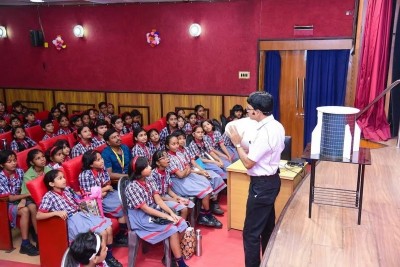CERN releases first images of collisions at 13 TeV
" These test collisions were to set up systems that protect the machine and detectors from particles that stray from the edges of the beam," the CERN said in a statement.
A key part of the process was the set-up of the collimators. These devices which absorb stray particles were adjusted in colliding-beam conditions. This set-up will give the accelerator team the data they need to ensure that the LHC magnets and detectors are fully protected.
"Today the tests continue. Colliding beams will stay in the LHC for several hours. The LHC Operations team will continue to monitor beam quality and optimisation of the set-up," read the statement.
"This is an important part of the process that will allow the experimental teams running the detectors ALICE, ATLAS, CMS and LHCb to switch on their experiments fully. Data taking and the start the LHC's second run is planned for early June," it said.
Support Our Journalism
We cannot do without you.. your contribution supports unbiased journalism
IBNS is not driven by any ism- not wokeism, not racism, not skewed secularism, not hyper right-wing or left liberal ideals, nor by any hardline religious beliefs or hyper nationalism. We want to serve you good old objective news, as they are. We do not judge or preach. We let people decide for themselves. We only try to present factual and well-sourced news.







